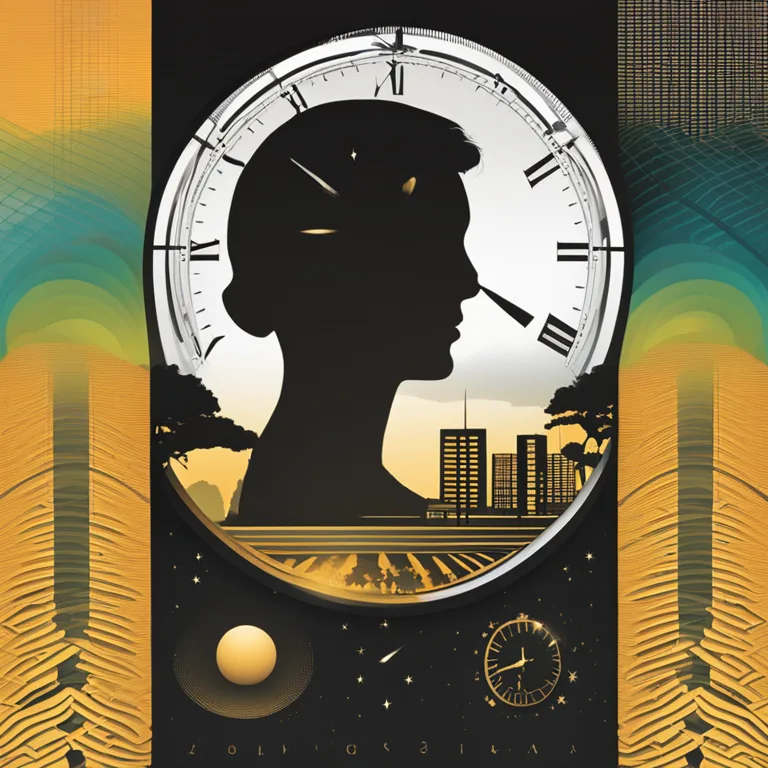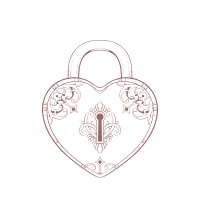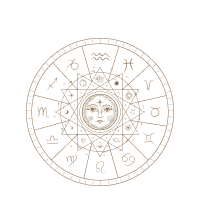
Biorhythms and Circadian Rhythms: A Synchronous Dance
Explore the intricate relationship between circadian rhythms and human biorhythms in our biological clock, informing health and behavior.
article by Adrian Wallace
Tapping Into Our Biological Clock
Scientists have long been fascinated by the internal mechanisms that regulate the human body. While circadian rhythms are a well-known aspect of our biology, governing our sleep-wake cycle and various physiological processes, biorhythms are another layer to this complex system. Biorhythms are believed to predict various aspects of a person's life based on cyclic patterns, but how do they relate to the scientifically studied circadian rhythms? This article delves into the synergy between these rhythms and their co-influence on our daily lives.

Understanding Biorhythms
Biorhythms are a concept that suggests humans are influenced by predictable physical, emotional, and intellectual cycles. Though not scientifically proven, proponents believe that understanding these cycles can help individuals anticipate periods of strength or vulnerability. Typically, these cycles span over days or weeks. Physical biorhythms, for instance, are said to have a 23-day cycle, emotional biorhythms a 28-day cycle, and intellectual biorhythms a 33-day cycle. Recognizing the patterns can aid in optimizing performance and well-being, or so the theory suggests.

The Science of Circadian Rhythms
Circadian rhythms, unlike biorhythms, have a strong biological basis. Governed by our internal clock and synchronized with the earth's 24-hour day, they influence sleep, hormone release, eating habits, and other bodily functions. Environmental cues like light and temperature help to reset our circadian clock each day, keeping our biological processes aligned with day-night cycles. Disruption of our circadian rhythm, such as through shift work or travel across time zones, can lead to tangible health issues like sleep disorders, obesity, and cardiovascular diseases.

The Interface Between Biorhythms and Circadian Rhythms
Exploring how biorhythms relate to our circadian rhythms is intriguing. While one is hypothetical and the other scientifically substantiated, they both address the concept of timing and biology. Some argue that biorhythms may interface with circadian rhythms as an overlay of longer cycles upon the daily one. For example, during a time when someone's emotional biorhythm is purported to be high, they might be more resilient to the disruptions of their circadian rhythm. However, concrete evidence tying these two types of rhythms together remains elusive.

Research and Future Perspectives
As of 2024, there is no conclusive scientific research linking biorhythms with circadian rhythms. However, the drive to understand the temporal aspects of biological function continues. With advancements in technologies like wearables and analytics software, future research may provide deeper insights into the predictive value of biorhythms and how they might be influenced by or interact with our circadian clock. Scientists and healthcare professionals remain interested in optimizing our synchrony with natural cycles for better health and productivity.
Implications for Lifestyle and Health
While the relationship between biorhythms and circadian rhythms may not be fully understood, the importance of respecting our circadian rhythm is clear. Maintaining regular sleep patterns, exposure to natural light, and consistent eating times, can all help to support a healthy circadian rhythm. As for biorhythms, those seeking personal harmony often turn to these cycles for guidance in planning their activities, even in the absence of hard science. The combination of respecting circadian cues and personal rhythms, whatever their origin, is a holistic approach many find beneficial.
Published: 12/28/2023
Modified: 12/28/2023
More predictions
Come back here soon to learn more about yourself and your future


Biorhythm Love Compatibility Calculator: A Guide
Discover the secret to harmonious relationships with our Biorhythm Love Compatibility Calculator. Unlock the potential of emotional, physical, and intellectual synch.


The Accuracy of Biorhythms: A Myth or Science?
Delve into the debate on the accuracy of biorhythms and discover whether they hold any scientific validity.


The Intricacies of Biorhythms: A Detailed Guide
Delve into the mechanics of biorhythms and how they influence our daily lives, with insights into their practical applications and relevance.